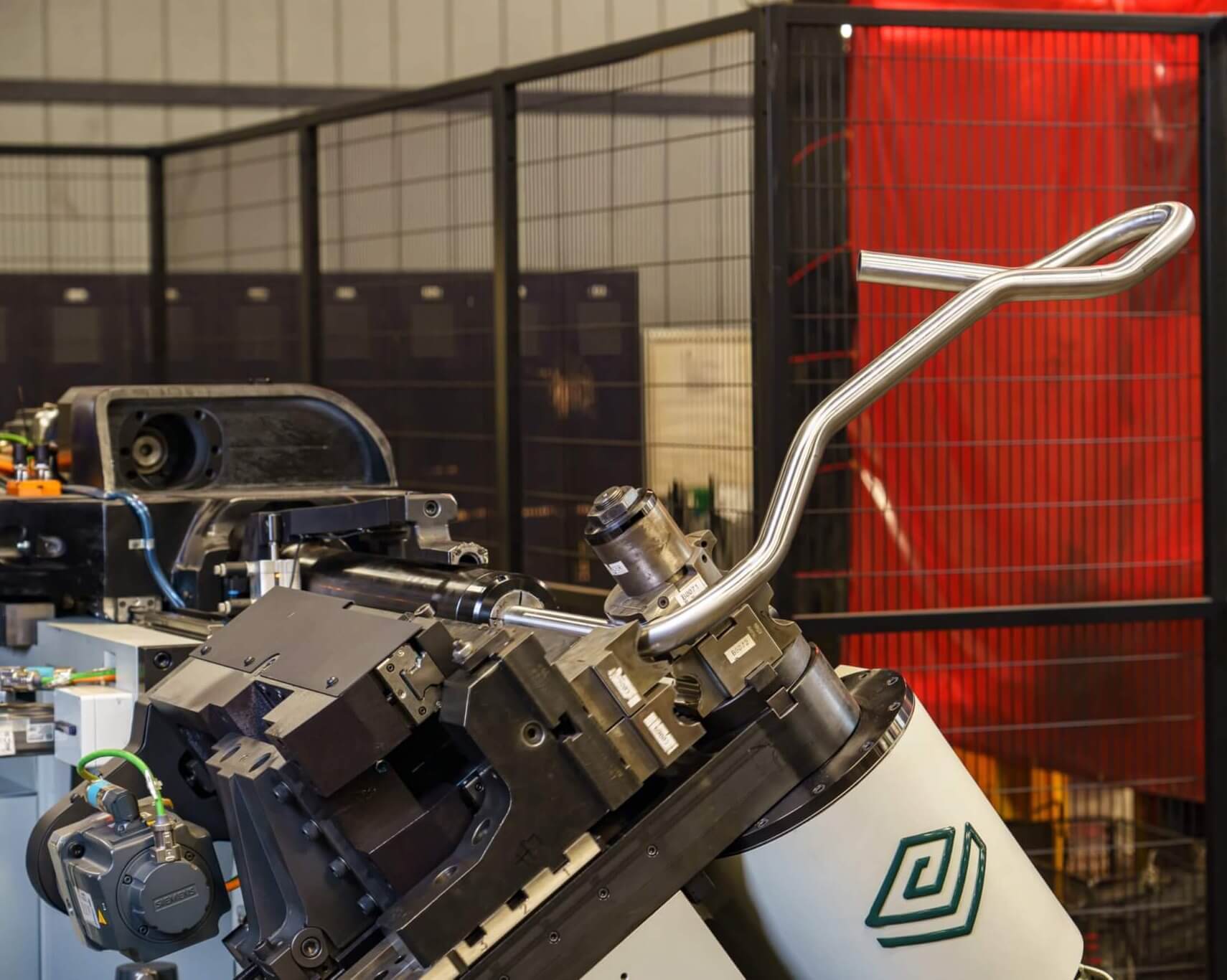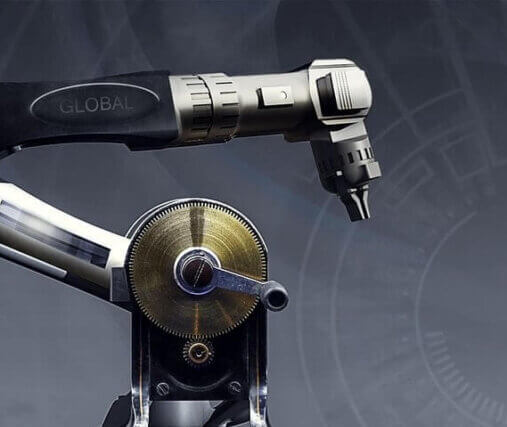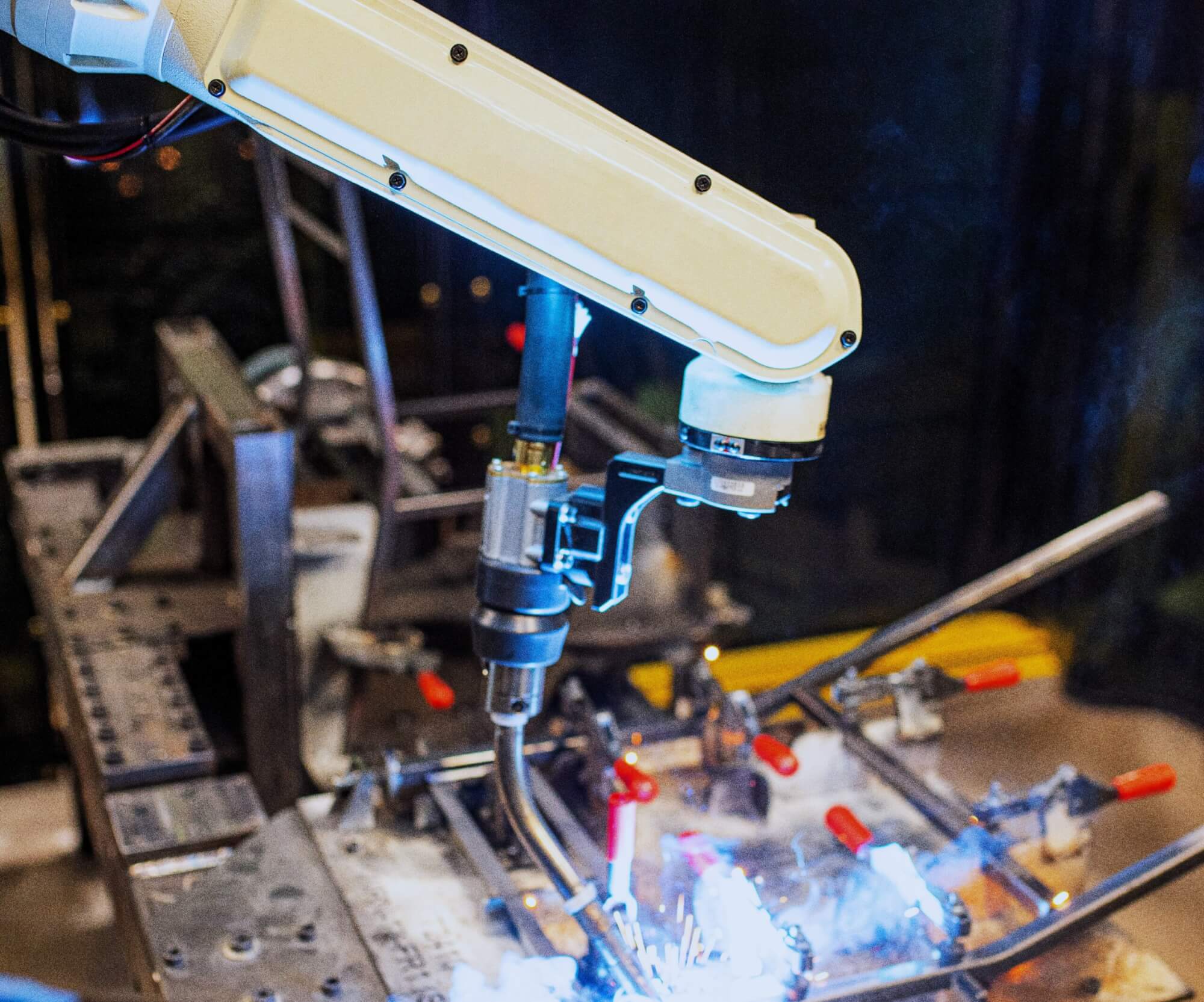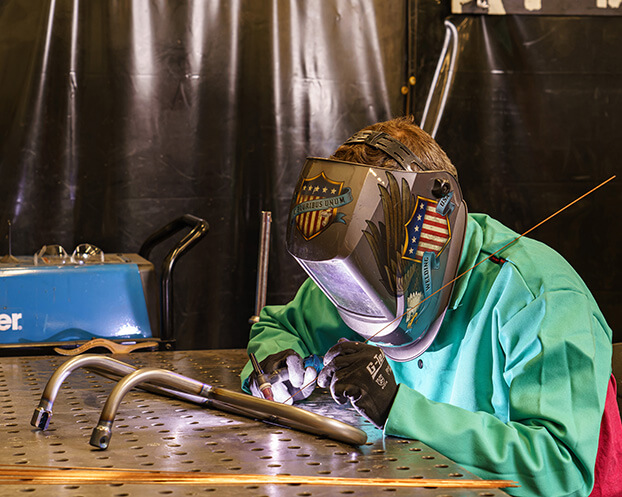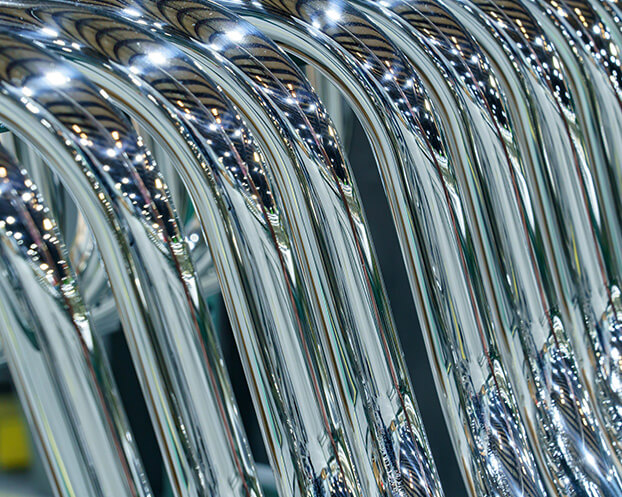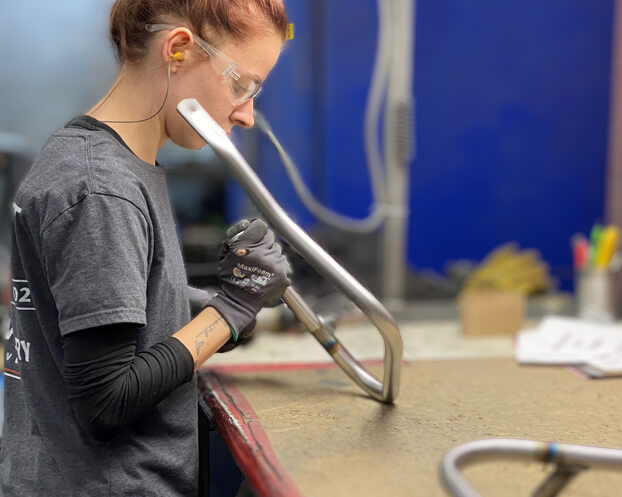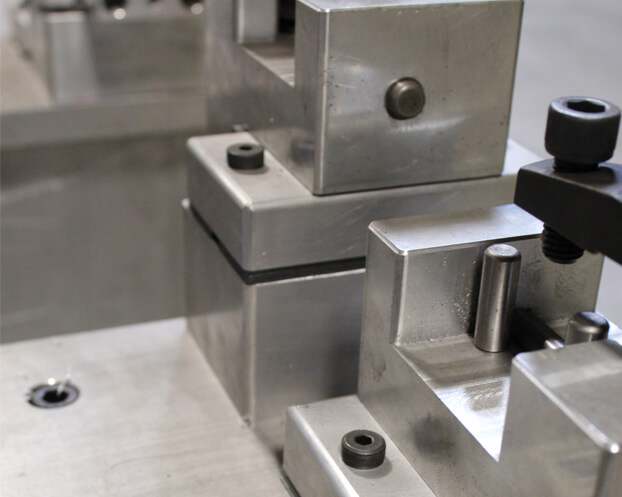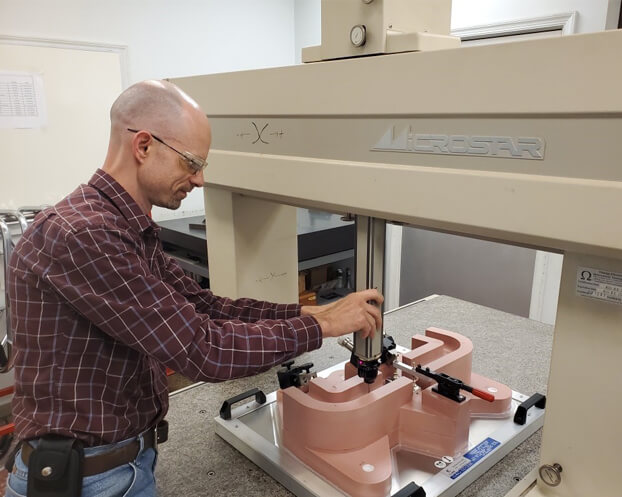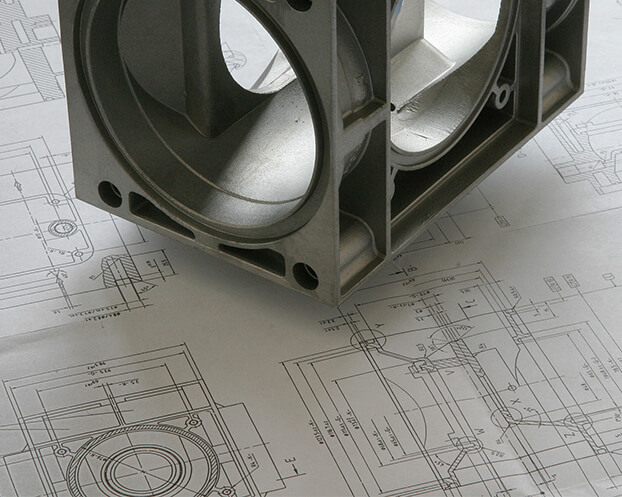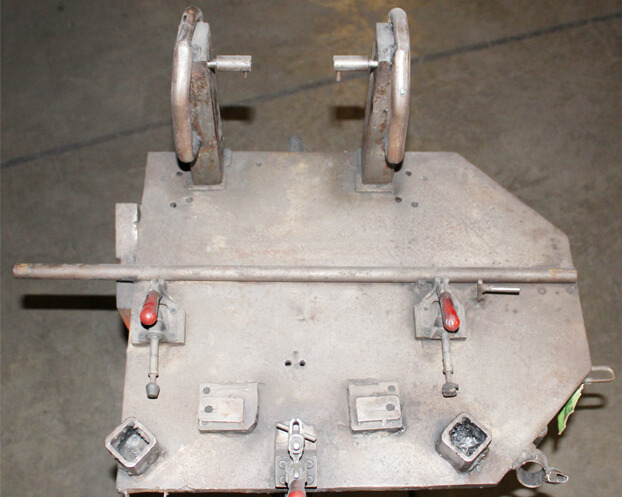Blog
Home /
Right-Hand, Left-Hand, and Multi-Stack Bending: Transforming Metal Tubes with Precision
Right hand, left hand, multi-stack bending of metal tubes is a crucial technique in various industries, enabling the creation of complex and customized components. Mastering this art requires a deep understanding of the process, proper tooling, and precise techniques.
Role of Robotics in Manufacturing, Part 2
Robotics has transformed the manufacturing industry, offering a wide range of benefits to manufacturers worldwide. From automation and precision to safety and flexibility, robots play a vital role in enhancing productivity and efficiency.
The Role of Robotics in Manufacturing
Robotics in manufacturing offers numerous benefits, including increased productivity, improved quality, enhanced safety and more. As technology advances further, robotics is likely to continue playing a pivotal role in transforming and shaping the future of manufacturing. Contact Leonhardt Manufacturing today to learn more about our robotic welding capabilities and how we can help you with your next project.
Welding 101: The different types of welding
Did you know that historians believe the ancient Egyptians developed the earliest forms of welding around 4000 BCE? But it wasn’t until the 18th century that welding really skyrocketed due to the Industrial Revolution. Today, there are several types of welding for various experience levels and applications. Keep reading to find out more. MIG Welding When starting out, welders typically begin with MIG welding since it is considered one of the easiest types to learn.
Why does beautifully made decorative tubing matter?
Tubular steel is used in a variety of industries, including furniture, transportation, medical device, power sports, recreation and industrial just to name a few. It can be beautiful and decorative, simple and functional, or anywhere in between. Decorative tubing, often called ornamental tubing, is purely decorative and not suitable for pipeline applications where fluids are being transported.
Exceptional Quality Control: How to Stand Out from the Rest
Reliable, consistent parts set YOU apart from your competition. That’s why quality management is essential. It ensures error-free and timely delivery of products to your customers. The quality of your product determines the level of trust your customer has for your company and the product you supply. When your products are not delivered on time or have defects, it hurts your company’s reputation.
What is poor tooling costing you?
Continuing with our Tooling Blog Series, have you thought about the potential consequences to your project when it comes to poor-quality tooling? Late deliveries? Line stoppage? Good tool design will also take into account the need to adjust for: Part-to-part variation, Future design changes, Material and process tolerances, Ergonomics - the human factor
How will my tooling be certified, calibrated and maintained?
The next topic in our tooling blog series addresses maintenance. How will your supplier do the initial buy-off and ongoing maintenance of your tools? Some things to consider: Do they have a formal process for certifying new tools and doing an initial run-off? PPAP, Gage R&R, capability studies In the case of inspection fixtures, does the supplier have an ongoing calibration process?
Tooling Specs: Why you should care
This week on Tooling Tuesday, we answer why tooling specs are so important. As a rule, in our business tooling is usually a means to an end. Call it a "necessary evil." Our customers are primarily interested in an ongoing supply of tubular products that meet their quality, cost and delivery requirements.
Professionally designed tooling vs on the fly
Continuing our discussion on tooling, this week we are taking a look at some of the fixtures. Is the tooling professionally designed and built by tooling experts, or is it something tacked together "on the fly" by welders in the shop?
